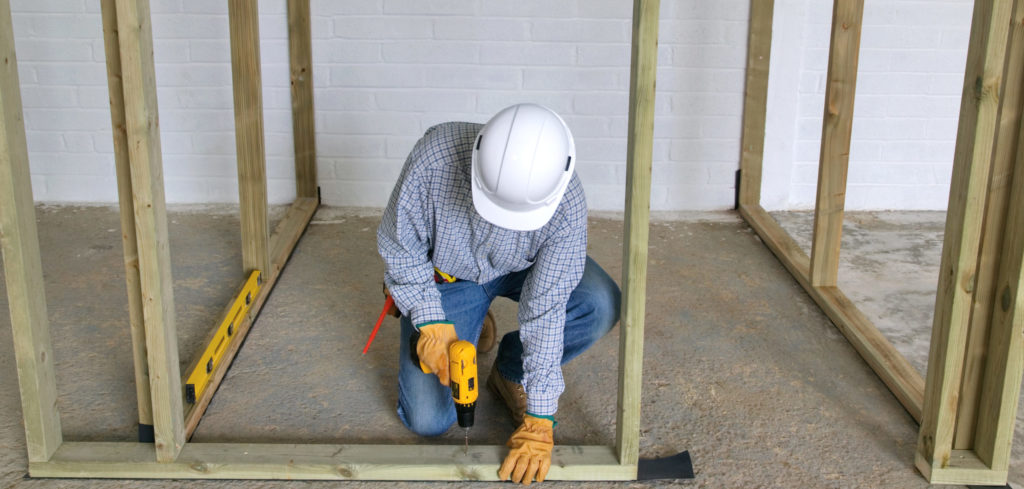What rights does a subcontractor have against the owner and general contractor?
Construction Accident - August 11, 2022
On most construction projects, a business owner or property manager will hire a general contractor who then enlists the services of various subcontractors in different trades. In these cases, if a subcontractor fails to receive payment, they have the right to recover those funds from the general contractor.
Knowing your rights, and having those rights protected by a Chicago construction accident lawyer is the most important thing you can do to recover the money you earned after completing a project.
Types of Subcontractors
Most construction projects hire a wide variety of subcontractors. These are usually professionals that specialize in one area.
A few examples of subcontractors:
- Plumbers
- Roofers
- Drywall Installers
- Cabinet Carpenters
- Bricklayers
- Electricians.
Subcontractors’ Rights to Recover Payment
There are laws in place to protect subcontractors and ensure they receive the payment they earned through contracts with general contractors.
The most common solution is to place a mechanics lien against the general contractor.
Mechanics Lien
Subcontractors have the right to place a mechanic’s lien against the general contractor. This applies to work on both private and public property. Liens are legal tools used by unpaid parties to recover debt owed by attaching a security interest to the debtor’s property. In this case, the mechanics lien would attach to the contractor’s earnings thus requiring payment to the subcontractor.
The Illinois Mechanics Lien Act grants subcontractors this right under the “Private Lien Act” and the “Public Lien Act.” In Illinois, the Mechanics Lien Act treats sub-subcontractors the same as subcontractors- there is no tier limitation. There are also no special licensing requirements for a filing a mechanics lien, though some design professionals may have heightened requirements.
To place a lien, a subcontractor must follow a strict set of guidelines. It is vital that you work with an experienced construction litigation attorney. They can manage the case and help you get what you deserve.
Subcontractor Deadlines and Information
The subcontractor must give a written 90-day notice to the owner, owner’s agent, or the architect before they bring a mechanic’s lien.
This is the information that must be included in the written notice:
- The amount due for unpaid work
- Name of the owners and lenders (if applicable)
- Name of the general contractor
- Name of the subcontractor
- Explanation of work performed
- Legal description of the premises where the work was completed.
By filing on time and including all required information, the mechanic’s lien can take priority over any other money going out, including construction loans, mortgages, and even competing lien claims.
Knowing your subcontractor rights will help you fight for what you earned. It is also a very good idea to practice the following habits so that you can try to prevent this from happening at all.
Tips to Avoid Non-Payment
It might be difficult to prevent non-payment all the time, but there are still things you can do to make it far less likely to happen.
When you do the following things at every job, you’ll add a layer of protection from possible unfortunate situations.
1. Title Search
Do a full title search on the property where you’ll be working. Verify that the owner with whom the general contractor is working is the legal contracting party.
You can also discover other important pieces of information when you do this. You’ll learn the legal description of the property and whether there are any pre-existing liens on it.
This information can be used in the future if payment disputes happen. You must correctly identify the owner of the property in the mechanics lien or else you risk forfeiture.
2. Review Contracts With an Attorney
Always ask an attorney whom you trust to review contracts before you sign them. This way, you’ll make sure that the contract doesn’t include any overly restrictive provisions or include work for which you were not hired to do.
3. Contact Construction Lenders
Always contact the lenders who are funding the project. Send them a written notice, telling them that you are on the project. Request their understanding in writing.
4. Identify Source of Payments
Subcontractors are commonly paid from the proceeds that the General Contractor receives from the owner. Make sure this is still the case in your situation.
5. Keep Daily Records
Keeping daily records is another way to protect yourself. Track the amounts and types of materials you use and all the work you complete on the project. The more thorough your records are, the more information you will have to prove how much money you are owed.
6. Know Your Rights
Finally, the best way to protect yourself and your business is to know your rights as a subcontractor. Review them with an attorney and be prepared to pursue legal action if you are ever the victim of nonpayment or underpayment.
Have any more questions about subcontractor rights? If you’re dealing with nonpayment, contact Horwitz, Horwitz & Associates at (800) 985-1819 today.



